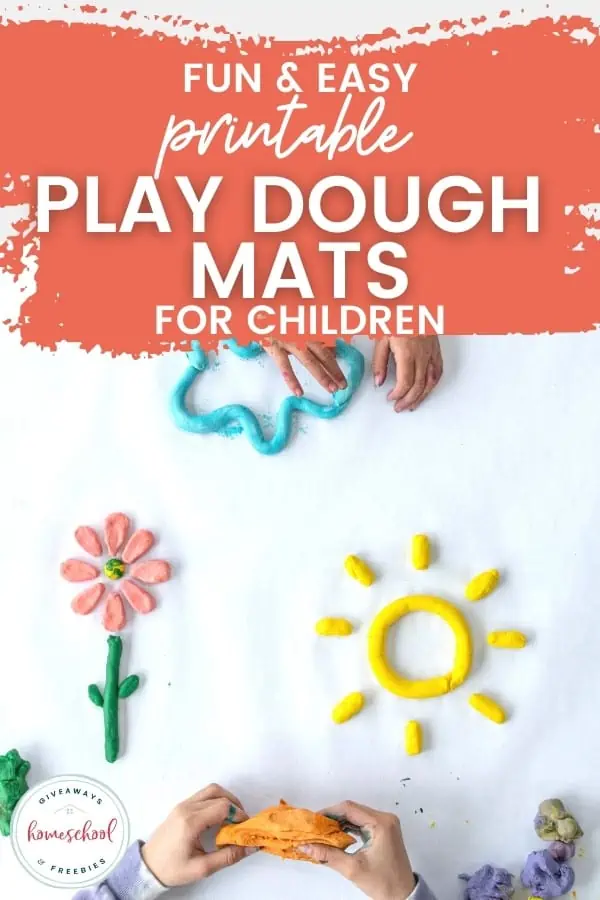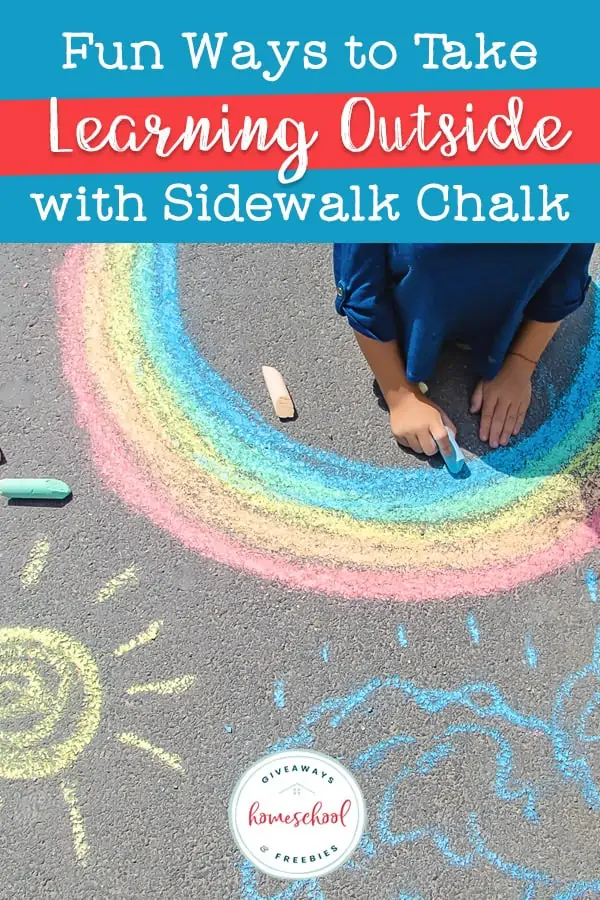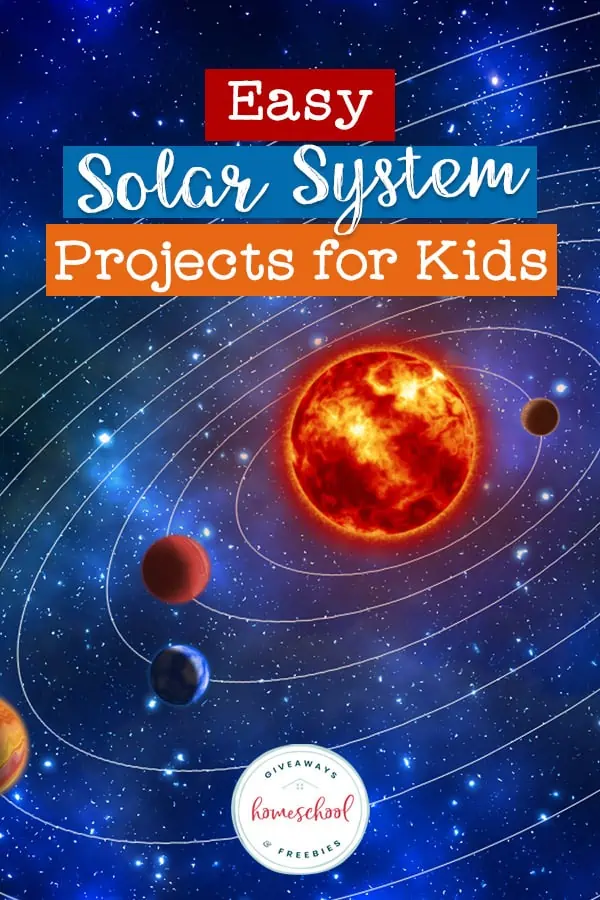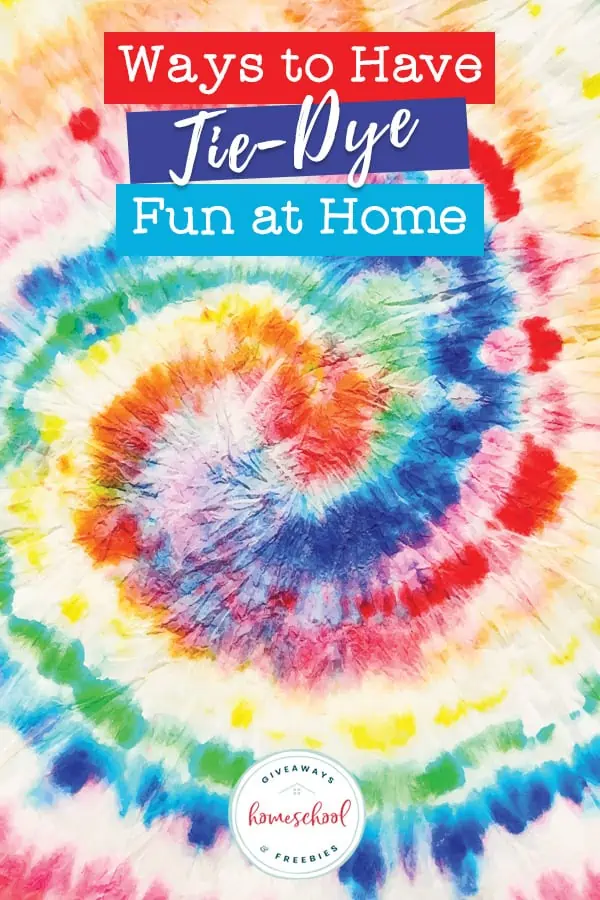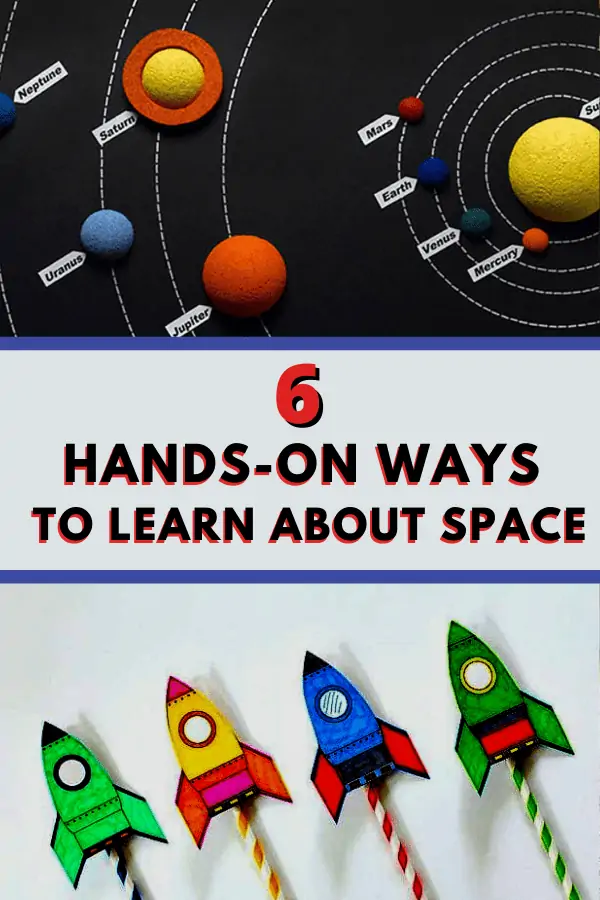Kitchen Science Fun for Little Ones
Published:
July 8, 2021
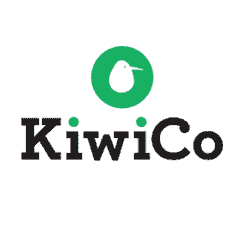
Contributor:
KiwiCo
Disclosure: This post may contain affiliate links, meaning if you decide to make a purchase via my links, I may earn a commission at no additional cost to you. See my disclosure for more info.
Kids love hands-on learning, and what better way to spend some quality time with your little ones than to dish up some kitchen science fun. Here are some great ideas to get you started – and most likely you’ll have the materials for these projects on hand. Get ready to have some fun in the kitchen!
Color Mixing
Little learners love to see how colors mix! It’s more fun in the kitchen because things can stand to get a little messy. Here are two fun color mixing activities to try.
First, you can have fun with Frozen Coloring Mixing. To do this, create primary colored ice cubes using food coloring. Then, let your young learners experiment with how the colors mix to create secondary and even tertiary colors. They will love to see the color mixing right before their eyes! And then when you’re done, clean up is simple because you’re already in the kitchen.
Or, you could learn about color mixing with slime. Help your kids create slime in each of the three primary colors – red, blue, and yellow. Put each color in its own plastic bag. Then, show your kids how they can create secondary colors by layering the bags on top of each other. For extra fun, create secondary colors of slime in the bags, then layer them to see the tertiary colors! When you’re done learning about color mixing, let your kids get their hands gooey with some fun sensory play with slime.
Sensory Fun
Speaking of sensory fun, there’s some more ideas to try.
Cornstarch slime is another variation that will help you explain the properties of non-Newtonian fluids to your littles. You know – the characteristics of quicksand! Talking about quicksand and making this cornstarch slime will be an engaging bit of kitchen science fun for your imaginative little learners.
Even in the middle of the summer, you can have some fun with Instant Sensory Snow for some great hands-on science. All you need is baking soda and shampoo to get this fun substance.
Kitchen Science Fun with Eggs
Even your young kids can start learning about chemical reactions with the classic Egg in Vinegar Experiment. This activity will take about 48 to 72 hours to see the result. Your kids can check on the egg in vinegar throughout the day to see what changes they observe. You’ll be left with a bouncy egg!
A square egg just isn’t possible in nature. But with a few steps, you can reshape a hard boiled egg into a square egg. Your kids will love this experiment to see molecular chemistry at work – and see how many fun-shaped eggs you can create in your kitchen!
Edible Kitchen Science Fun
And finally, what fun is kitchen science if you can’t eat it? Well now you can! Here are two fun edible ideas to try.
First, your kids will love making Edible Paint. Using fruit, you can create natural paint in bright colors for your little ones to use. Using a cornstarch paste as the base, you just need to add in pieces of fruit in the color you want to make. Add a bit of food coloring for additional vibrancy.
And then, who remembers rock candy? Your kids can learn about growing crystals and finish by eating their DIY Rock Candy. This is a 3-day experiment, so your kids will also get to learn patience while watching the sugar crystals grow!
Find more kitchen science fun activities at KiwiCo or check out these additional posts:


